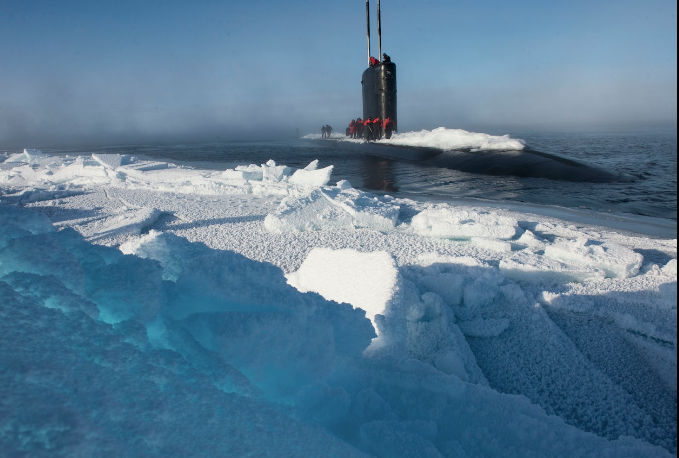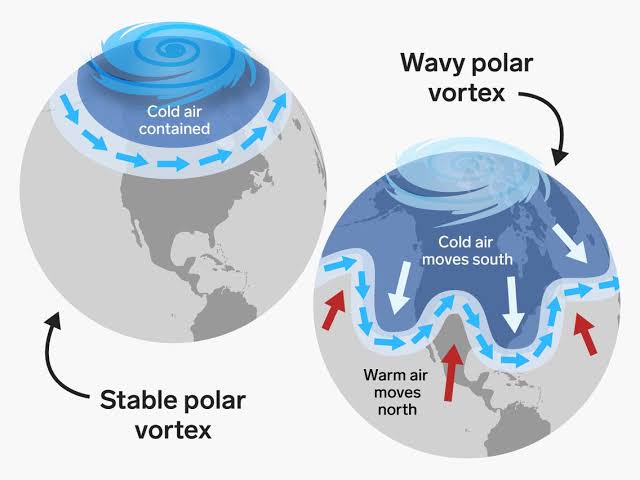US watching China, Russia’s military buildup in arctic closely: Pentagon
In the Bering Sea, between Alaska and Russia, Chinese naval ships sailing towards the Aleutian Islands have been closely surveilled by the US.

As the tensions from the Cold war era rekindled between former Soviet Union country Russia, its ally China and the United States, Pentagon said that it was “closely watching” the military buildup and ties of its two adversaries in the Arctic. As both Beijing and Moscow have bolstered their military presence in the resource-rich far north, US
intelligence and defence agencies scrambled to monitor the potential threats in the Arctic, the region of strategic significance for the first time since the Cold War. Washington is keeping up with the intentions of the Chinese and Russian regimes in the Arctic, US Principal Director for the Arctic and Global Resilience at the Defense Department, Greg Pollock, said at a conference.
“We’re watching both Russian and Chinese activities and intentions in the Arctic very closely,” Pollock said, as he addressed a virtual panel discussion with the Center for a New American Security.
US maintaining capabilities and interoperability in Arctic: Pentagon
United States Principal Director for the Arctic and Global Resilience at the Defense Department, asserted that the Pentagon is in touch with the seven nations in the Arctic to ensure they develop the right capabilities and interoperability in the region, including through large-scale military exercises.
“The Arctic remains peaceful and we want to do everything we can to keep it that way,” Pollock said during the address. “I think there’s, there’s obviously growing concerns about security and stability in the Arctic,” he noted. As China expanded its military footing in the Arctic, 16 US intelligence agencies have assigned analysts to work full-time on studying the development in the Arctic.
Russia, the Arctic hegemon, desires self-regulated stability in the region and its Arctic policy has been a key strategy to exercise the geopolitical influence on Europe and NATO. Coperation between the Moscow’s Northern and Baltic fleets is been essential for Kremlin’s military forces to serve the geostrategic interests of President Putin. Arctic Zone of the Russian Federation (AZRF) covers large swathes of 5 million square kilometres and stretches along the coastal areas of the Barents Sea, Kara Sea, Laptev Sea, East Siberian Sea, and Chukchi Sea all the way to the Bering Strait.
Alaska, a remote exclave for US, Siberia and the Russian Arctic has been of strategic significance to the Russian Federation. According to Putin, the AZRF is Russia’s strategic priority as it is a “concentration of practically all aspects of national security – military, political, economic, technological, environmental and that of resources”. An estimated 90 percent of current Russian gas production and 60 percent of its oil production happens in the Arctic.

In the Bering Sea, between Alaska and Russia, Chinese naval ships sailing towards the Aleutian Islands have been closely surveilled by the US, often traversing the open sea lanes for safe international passage. National Geospatial-Intelligence Agency, known as the NGA, the unique combat support and intelligence agency regularly sharts the maps and waterways in the Arctic that enables the US intelligence and the Department of Defense (DOD) to fulfill the national security priorities.

Over the past seveal years, China has stepped up its activity in the Arctic under its global Belt and Road Initiative and has set up the research stations, invested in mining and energy, airstrips, oil drilling areas, ports, maritime boundaries, and works in coordination with Russia to maintain the new sea routes through the Arctic Ocean. Beijing’s growing political,
military, scientific, and economic presence in the region — as well as its coercion of Arctic states—has made Washington more cynical about its intentions. China’s aims to become a “polar great power” in Arctic threatens the United States’ geopolitical goals. The eight Arctic sovereign states — Canada, Denmark, Finland, Iceland, Norway, Russia, Sweden, and the United States—have been known to exercise their influence over the Arctic.



